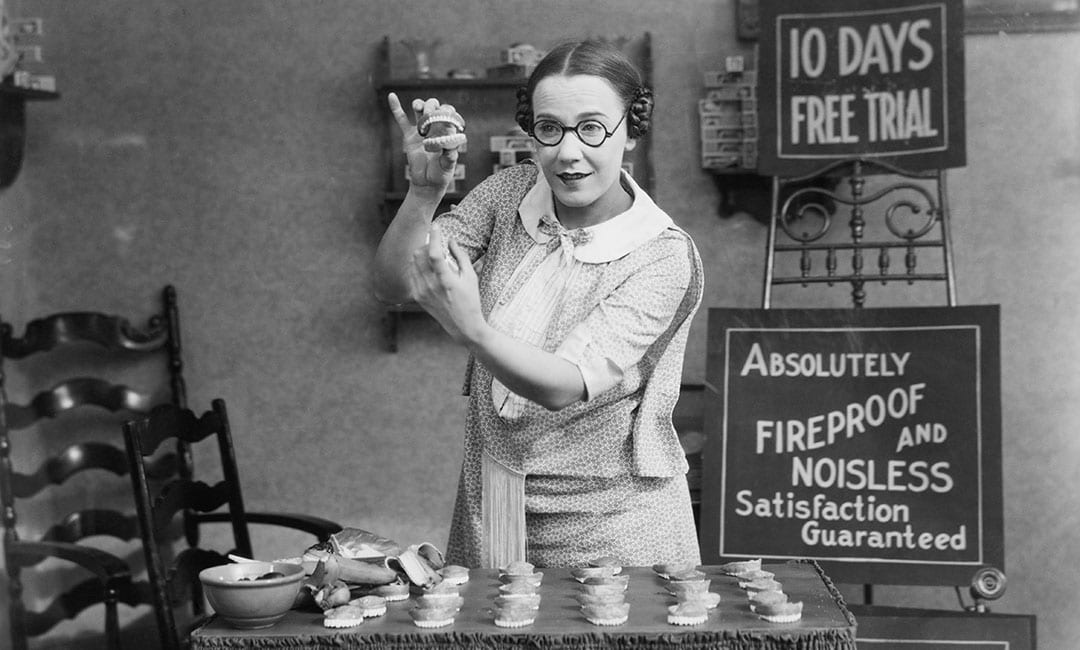Important tips to help create the retail space and showcase your swag.
Specifically, we looked at how successful ecommerce websites have taken principles from the high street, and applied them online.
But alas, it’s not always enough to just have a pretty shop with amazing images and decadent descriptions. That helps. But there’s typically only 3 reasons why someone won’t buy.
- They don’t need it right now
- They can’t afford it right now
- Or they don’t trust you.
Today, we’re going to deal with the last point.
Real shop vs web shop
There are lots of indicators in the real world in regards to trust.Girls & Boys Personalised Initials Tracksuits When you visit a shop, you can see what the place is like. Would you feel different if the luxury watch shop you’re about to visit is a garage at the back of a semi?
You get to meet sales assistants in a real store. If they are friendly and helpful then that alone can help to build trust. But you’ll also feel more confident about making a purchase if you believe you can pop back in, should you get any issues.
What’s more, unless you’re particularly important or your shopping habits are rather niche, chances are you will probably notice other people shopping at the same time as you. It’s human nature to find this reassuring.
But is it really all that different online?
It’s certainly a lot trickier to see this kind of stuff in cyberspace but there is still plenty we can do to send out the same reassuring signals. think about having a klaviyo agency email marketing to help support you
1. Appearance

Luxury watches. All enquiries, round the back
Perception is reality and appearance is everything. You’ll have felt the almost subliminal vibes you get when you approach a shop that’s not quite up to scratch. Hmm, on second thoughts…
Quality design doesn’t have to be expensive. Sure, it might cost more than getting your neighbour’s son’s mate at the rugby club to knock something together. But as the famous saying goes. “If you think it’s expensive to hire a professional to do the job, wait until you hire an amateur.” Red Adair.
What works on the high street:
Decent area, good signage, nice shop
What works online:
Quality branding, professional design, looks good across multiple screen sizes
2. Maintenance

Fresh new relevant content. Great for Google, and your customers
You walk up to a cake shop, intending to have a conversation about a pug shaped 60th birthday cake for granny. But there’s something not quite right. There’s rubbish outside and the windows need cleaning. The cakes on display in the window are halloween themed. It’s March.
Inside there are boxes everywhere, empty shelves and faded posters on the wall. The shop owner has popped out. But that’s ok, you can read last November’s copy of Cosmo while you wait. Eek.
You’ll want to avoid this uncertainty online. Regularly maintaining the site and adding fresh content makes our online shop look open and ship shape.
What works on the high street:
Someone available, clean and tidy environment, up-to-date products / literature
What works online:
Up-to-date slides on homepage, fresh content on blog, regular audits to fix any broken links
3. Availability

There’s nothing quite as reassuring as being able to pick up the phone and speak to someone
Ever walked into a shop where there’s a little bell on the counter? ‘Ring for assistance’. No problem. Ding. Nothing. Polite wait because we’re British. Ding, ding. Nothing. There doesn’t appear to be anyone here. Hello??
Sounds a bit off-putting, right. So, on your website, make sure there are ample ways to get in touch. That could be as simple as a prominent phone number, social media links, or live chat.
Live chat can be an incredibly powerful way to convert online browsers into buyers. Just make sure you’ve the resources to power it. Be present, respond quickly. Like Yoda says “Do, or do not. There is no try”.
What works on the high street:
Attentive, friendly but unobtrusive sales assistants
What works online:
UK based landline, responsive social media, active live chat
4. Security

Protect your particulars with good online security measures
In the real world, you expect a level of security in a store. Similarly online, you expect a website to be safe. Clearly that means no nasty pop ups or malware. It’s important to keep your website up-to-date to stamp out vulnerabilities.
But more commonly we’re talking about keeping your data safe. That’s personal details and credit card information. Having an SSL certificate installed on your site ensures you keep sensitive data safe. It also stops Google Chrome telling people your site is insecure, which can happen if you do not have SSL. Use recognised payment gateways to gain people’s trust. Talk to us about SSL, we can help.
What works on the high street:
Modern equipment, real people, accepts major credit cards
What works online:
SSL, trusted payment gateways, keeping the site up-to-date, privacy policy
5. Social Proof

Customers like to follow the crowd
People don’t like making buying decisions. It can stress them out.
So it comes as no surprise that we often prefer to delegate the due diligence to someone else. That’s why we’ll ask our friends and neighbours where they got theirs from.
Sometimes all it takes is a little recommendation from an existing customer and we’re happy to go with the flow.
What works on the high street:
Word of mouth, seeing other shoppers
What works online:
Testimonials, reviews, Trustpilot
6. Assurances

Nothing like a good old fashioned guarantee or free trial
Despite a rapid growth in confidence when ordering online, some people just prefer the natural assurances associated with visiting the high street. If you aren’t 100% happy with a product, the perception (although not always accurate) is that you can just take it back.
That’s usually easier to do with a shop purchase compared to online. To mitigate this, you may want to offer some assurances like free returns or a money back guarantee.
Depending on what you sell, distance selling regulations may mean you need to give consumers 14 days to change their mind anyway. But go over and above the minimum requirements to make a feature of your customer service and reduce any perception of risk. A hassle free returns process can alleviate potential worries and supercharge your online sales.
Use logos from awards, accreditations and organisations you belong to, to help boost your legitimacy with third party endorsements.
What works on the high street:
Being able to take something back
What works online:
Free returns, money back guarantee, accreditations
SUMMARY:
Here’s your cheat sheet to building trust and credibility on your online e-commerce store:
- Quality branding
- Professional design
- Looks good on desktop screens, tablets and phones
- Up-to-date slides on homepage
- Fresh content on blog
- Regular audits to fix any broken links
- UK based landline
- Responsive social media
- Active live chat
- SSL
- Trusted payment gateways
- Using the latest version of software
- Privacy policy
- Testimonials
- Reviews
- Trustpilot
- Clear policies
- Accreditations
- Free returns
- Money back guarantee


Recent Comments